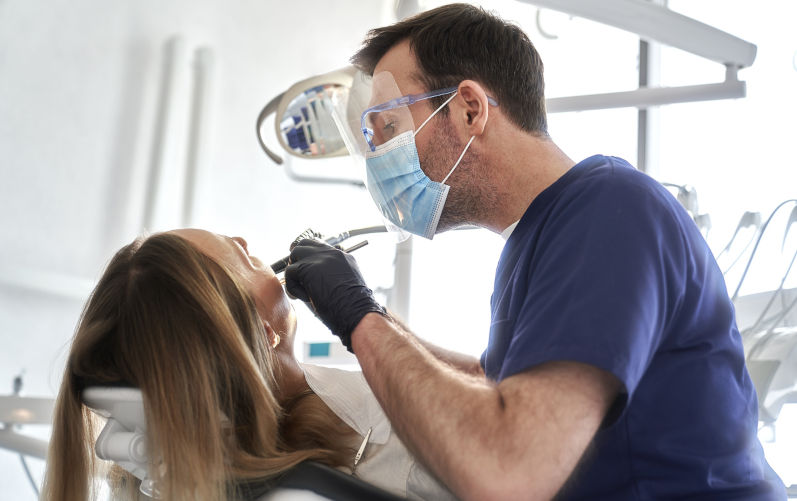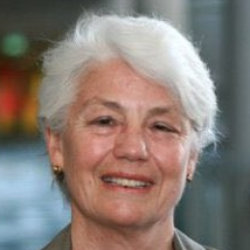Dental health – time for a small, cost-effective revolution
October 23, 2025
In the many years I’ve been writing about the dental divide, the only movement I’ve seen is in the increasingly bad numbers around poor oral health, waiting lists and costs to patients. It’s time to see dental caries as a preventable disease.
I’ve been writing about the need for better and more affordable access to oral health and dental care services for all Australians for some 20 years. It’s sobering and challenging to realise how little has changed over that time. Public dental services are still grossly underfunded despite the growing demand, out-of-pocket costs for dental patients (even those with private health insurance) have increased, finding a dentist in regional and remote areas is increasingly difficult and there has been little improvement in in the dental health of the Australian population.
The December 2020 performance monitoring report on the National Oral Health Plan 2015-2024 is a disturbing compilation of data, much of it so old as to be irrelevant. There is only 2012-2014 data to show that 27% of children aged 5-10 years had untreated decay; 11% of children aged 5–14 years had never visited a dentist; and 1 in 25 people aged 15 and over had no natural teeth left. The report has some more up-to-date information on a series of adverse findings: there has been an unfavourable increase in the prevalence of gum disease, adults with untreated dental caries, people feeling uncomfortable with the appearance of their mouth and teeth and potentially preventable dental hospital admissions.
In 2021-2022, about $11.1 billion was spent on dental services in Australia, with only $2.2 billion of this paid by private health insurance and the majority of costs (about $6.7 billion) paid directly by patients (this figure does not include health insurance premiums). At a time when cost-of-living pressures are high, around 30% of Australians who needed to see a dentist delayed doing so and 18% reported cost as the main reason for delaying or not seeing a dental professional.
The cohort of Australians who can’t afford needed dental care includes not just those who are in the lowest socio-economic categories, but also people whose self-esteem — and sometimes even their employability — is affected by their appearance and lack of dentition. There are also those who require expensive remedial work after accidents and oral cancers. That explains why, in the 2024 -2025 financial year, “compassionate approval” was granted for Australian to withdraw $817.6 million from their superannuation to cover their dental costs. This figure has skyrocketed over the last seven years, mostly for those with incomes in the $45,001-$120,000 bracket.
It’s concerning that a dental crisis means people must raid their retirement savings with the subsequent long-term ramifications; it’s even worse that specialist third-party companies are promising “help” (for a fee) to get access to these funds. A joint CHOICE/Super Consumers investigation into these companies and the way they operate has found potentially concerning conflicts of interest and, in some instances, coaching of clients on ways to get around the strict Australian Taxation Office rules that limit when super can be released.
These revelations provide yet further evidence for the need to — finally — tackle the wicked problems around governments’ roles in providing dental care and addressing the severe inequalities that exist.
I’ve lost count of the reports and recommendations for action from the federal parliament, think-tanks and dental experts. But although dental health is now a topic brought up at every federal election, no government has acted to address this issue since the Gillard Government introduced the Child Dental Benefits Schedule, which provided means-tested, subsidised, basic dental services for children aged 2-17, in 2014. For reasons that have never been fully explained, but may relate lack of awareness, this program is used by only one in three eligible families.
The current Health Minister Mark Butler admits to the importance of dental health but says this is not an issue the Albanese Government will look at in the near term. Given that the Albanese Government has merely extended the federal funding agreement for adult dental services yearly with no funding increases or even indexation (thus effectively delivering funding cuts), and the commitments promised to dental care for older Australians and First Nations people as part of the response to the 2024 Senate Select Committee Inquiry into the provision of and access to dental services are yet to eventuate, it seems unlikely to be something the government is considering even in the longer term.
It’s understandable that a full-blown effort to incorporate dental services into Medicare might look like a (very expensive) bridge too far, although the Grattan Institute has outlined how this might be phased in and there would certainly be offsetting costs. As I wrote in 2014 and have reiterated since, there is plenty Australia could do to better integrate dental and medical care, including focusing on best-value investments such as fluoridation and preventive services. Dental caries is a preventable disease — as indicated by the fact that some 10% of adult Australians are without a single cavity — and it should be noted than many of the preventive actions needed to address obesity (for example, encouraging breastfeeding and limiting sugary beverages) will also improve dental health.
We could also expand emergency dental services in hospital emergency departments and create a “Dental Health Service Corps” of dentists and other medical professionals to help in rural and remote areas. Elsewhere I have written about the need for Medicare to fund specialised dental services for patients with head and neck cancers.
New and expanded programs always come with workforce issues around numbers, geographical distribution and scope of practice and, in this case, also a recognition from both the dental and medical professions that their services are jointly required to deliver healthy outcomes to their patients.
It isn’t just the dental and medical professions where cultural change is required. We need Australians to see preventive dentistry to be as essential as childhood vaccinations and to advocate vigorously for their children’s dental health. And that voter push might then serve as an incentive for Australian Governments to view funding affordable access to dental services as a long-term investment in population health and well-being.
The views expressed in this article may or may not reflect those of Pearls and Irritations.

